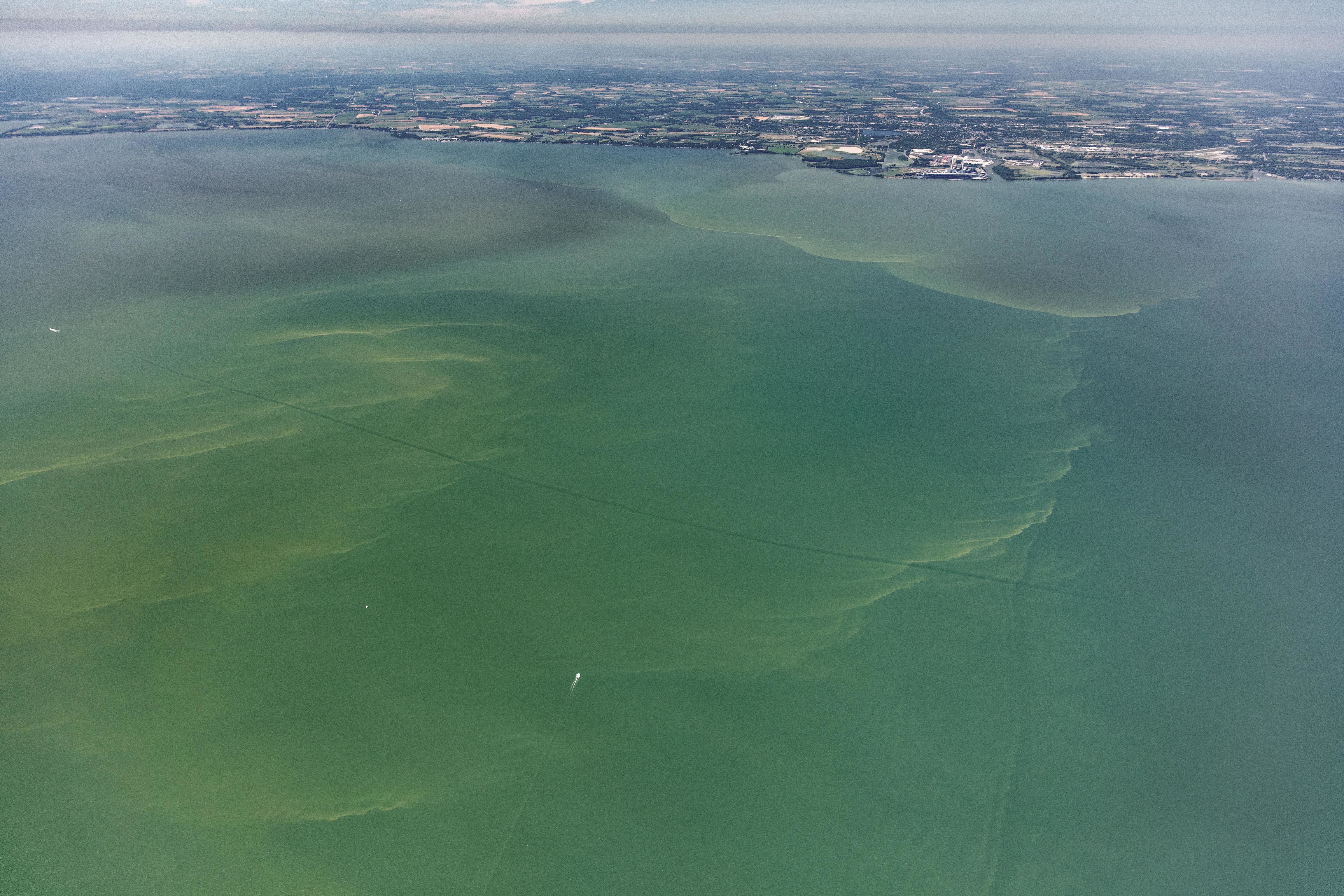Harmful Algal Blooms (HABs) occur when algae, which can range from microscopic, single-celled organisms to large seaweed, produce harmful toxins that grow in extremely high numbers and are in dense concentrations at the surface of lakes and in marine environments. These HABs are killing fish, mammals, and birds and may cause human illness or even death in extreme cases. In some instances, the algae blooms can be nontoxic but, in any event, consume all the oxygen in the water as they die off and decay, which can clog the gills of fish and invertebrates or smother corals. They are becoming a growing concern because they affect the health of humans, freshwater, and marine ecosystems. One research study indicates that the economic loss resulting from algal blooms, including regular phytoplankton algal blooms and what is now referred to as “harmful algal blooms or “HABs” formed by cyanobacteria, is on the order of approximately $4 billion annually.
 In October 2019, a research article was published in the prestigious scientific journal; Nature, which documented a significant increase in phytoplankton (algal) blooms worldwide since the 1980s. This was reported by a detailed study of worldwide LANDSAT satellite photography utilizing three decades of satellite imagery. Using these satellites, 71 large lakes throughout the world were studied.
In October 2019, a research article was published in the prestigious scientific journal; Nature, which documented a significant increase in phytoplankton (algal) blooms worldwide since the 1980s. This was reported by a detailed study of worldwide LANDSAT satellite photography utilizing three decades of satellite imagery. Using these satellites, 71 large lakes throughout the world were studied.
These phytoplankton populations form the basis of the food chain and contribute or are engaged in numerous biological, chemical, and biochemical processes that are important to everyday life on our planet. Many of these blooms can be caused by cyanobacteria which are prokaryotic cells that still can generate oxygen via photosynthesis, much like the eukaryotic microscopic plant cells, better known as phytoplankton. Some cyanobacteria can “fix” atmospheric nitrogen as well. Several cyanobacteria species also produce toxins as a bi-product of their metabolism that can adversely affect the liver, kidney, and nervous systems in humans and animals.
NOAA is at the forefront of HAB research to better understand how and why these blooms form and to improve the detection and forecasting of these seasonal events. The causes of this significant increase in algal blooms are somewhat unclear; however, it seems to be linked to precipitation, trends in fertilizer use, changing weather patterns, nitrogen concentrations, phosphorus concentrations, and perhaps climate change; as increases in temperature worldwide are occurring, but this data is inconclusive. Humans may also impact how frequently they occur and their intensity. Increased pollution, food web alterations, introduced species, water flow modifications, and climate change are all human activities that may play a role in creating these blooms.
These blooms concern me because, for the first time in many years, I have observed several algal blooms where I spend my summers on Upper Saranac lake, a freshwater lake in the Adirondack Park. While these are not HABs (harmful algal blooms) produced by cyanobacteria, they indicate changes in the lake’s biochemical, chemical, and perhaps physical parameters. The lake is monitored 24/7 via a telemetric sampling station that runs typical water quality parameters, which are being studied as we speak by local researchers. I feel we must continue to research the causes and effects of this situation to better manage algal blooms in the future. Can you think of any methods to reduce the likelihood of these Harmful Algal Blooms from forming?



Leave a Reply